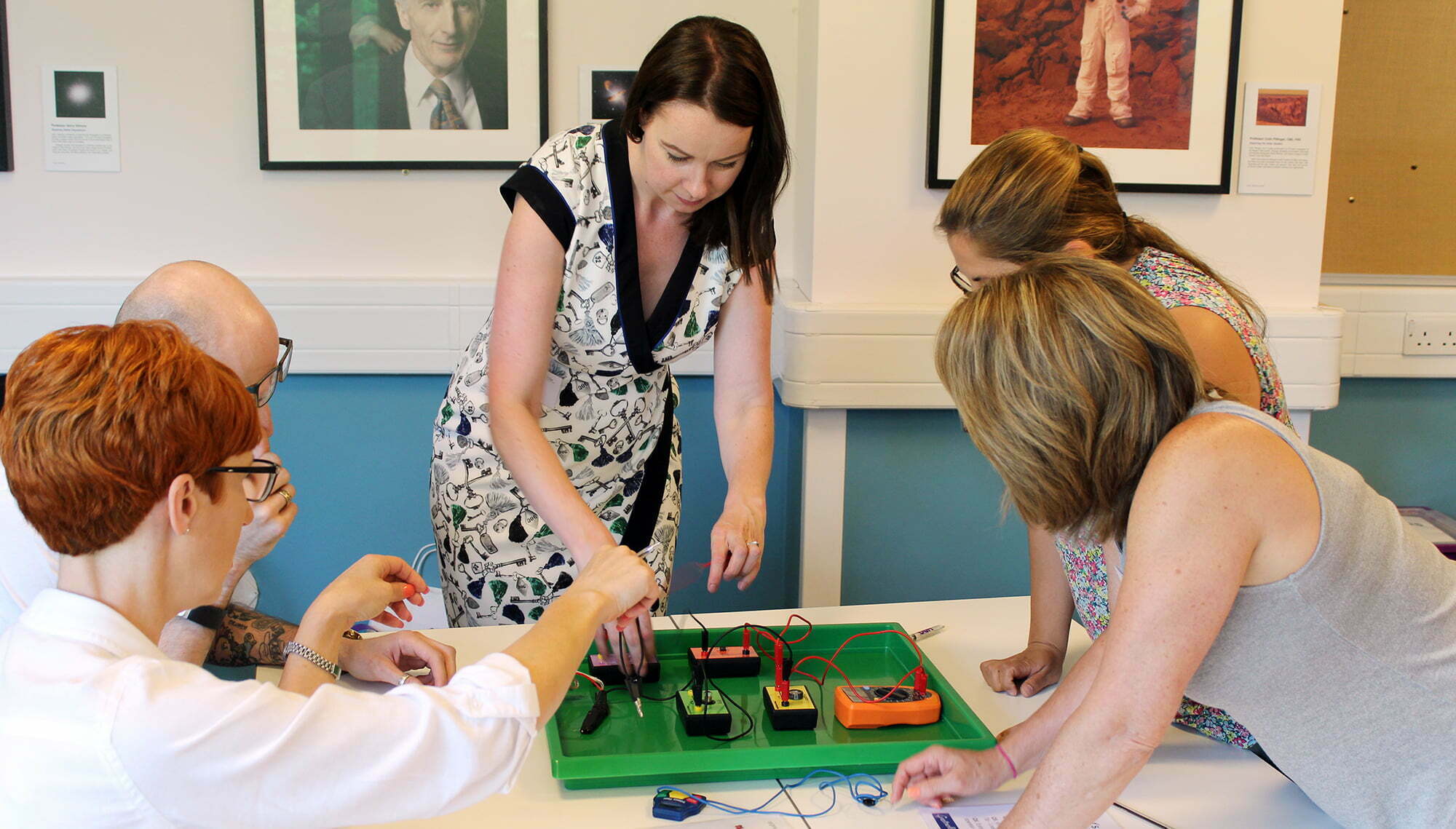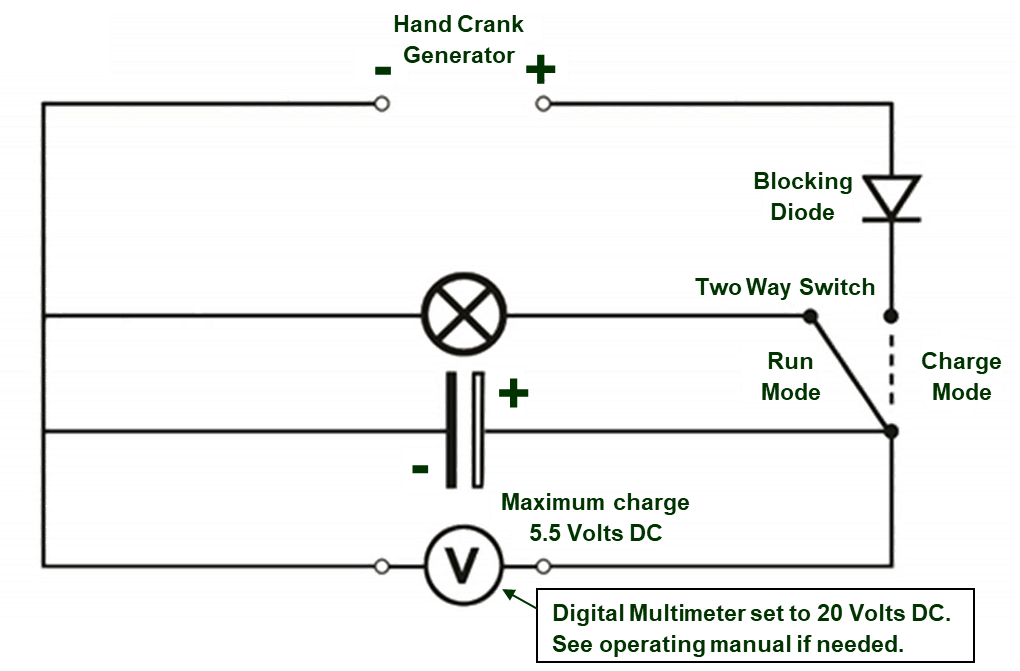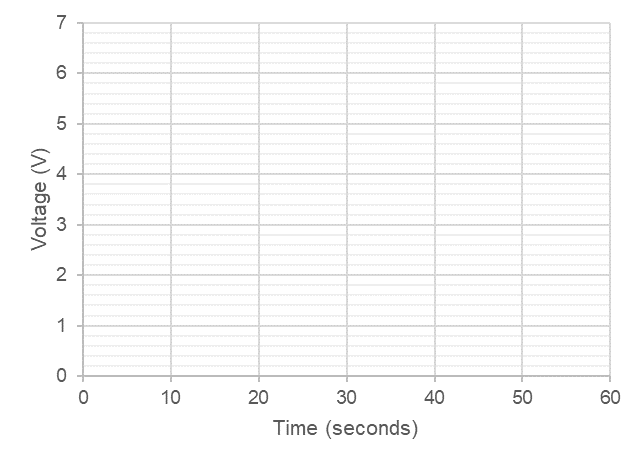BrightSparks circuits
This activity was created as part of a Gratnells What’s In My Tray CPD workshop for secondary science technicians to support practical work and delivery of the curriculum. It can be carried out as a stand-alone activity for students or combined with other activities from the session to form a STEM carousel.
BrightSparks – develop your circuitry skills

The modules, leads, multimeter and hand crank are all available from BrightSparks 4kids who are the creator of this What’s In My Tray Activity.
A video of this activity by BrightSparks and Senior Science Technician Paul Cook can be found here: https://www.youtube.com/watch?v=qaFRogt4p_c&feature=youtu.be
You will need (per team of 4):
- Shallow Gratnells (F1) tray with a four section insert to organise the modules and lid
- 2 x Bulb module
- 1 x Diode module
- 1 x Two Way Switch module
- 2 x Capacitor module
- Digital Multimeter with operating manual
- 8 x Connecting leads
- 1 x Hand crank
- 2 x Stopwatch
This activity also works as an individual challenge, just increase the amount of time allocated to complete it.
Preparation:
- Place all the equipment into the shallow Gratnells (F1) tray as per the picture below and put the lid on.
What to do:
- Use the equipment in the tray to construct the following circuit


- Set the Two Way Switch module to ‘Charge’ mode
- Rotate the hand crank clockwise at medium speed (~2 revolutions per second) for 30 seconds – you should observe a steady 5 to 6 Volts on the Multimeter.
- Flip the Two Way Switch module to ‘Run’ mode, immediately start the stopwatch and note down the Voltage displayed on the Multimeter.
- Time how long the Bulb module will operate from a single charged capacitor until exhausted – exhaustion is a reading of 1.0 Volt on the Multimeter.
- Take a reading from the Multimeter every 10 seconds.
- Plot your results on the graph provided and add a line of best fit.

Answer the following questions:
- How long did the Bulb operate for from a single charged capacitor until exhausted at 1.0 Volt?
- How long could we operate two equal power bulbs modules in parallel from a single charged capacitor?
- Why did we only operate the hand crank in a clockwise direction?
- Name one purpose of the Diode module in this circuit.
- What is the capacitance value of the capacitor? Tip – Look closely, it is measured in Farads (F)
- Estimate the total value of capacitance needed to operate one bulb module for 1 hour?
Answers:
- Around 30 seconds
- Half the time of the answer given to Q1, so around 15 seconds
- So the polarity output would be the correct way for our circuit
- Prevents current from flowing in the opposite direction once the capacitor is charged, therefore maintaining its charge if we stopped rotating.
- OR A safety component for the capacitor to protect it from reverse polarity if the hand crack is rotated in the wrong direction.
- 1 Farad or 1F
- Based on the answer given to Q1, if 1 Farad capacitance provides 30 seconds bulb operation, we would need 120 Farads for 1 hour of operation.
For more images and videos of this activity taken at the National Technicians Conference in York see here.
Health & Safety
As with all Gratnells Learning Rooms What’s In My Tray Activities, you should carry out your own risk assessment prior to undertaking any of the activities or demonstrations.

